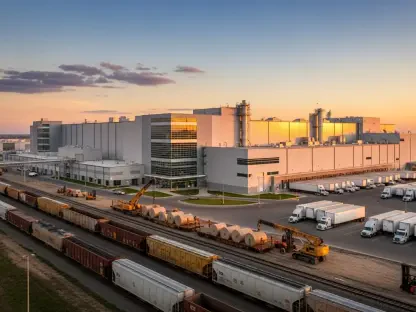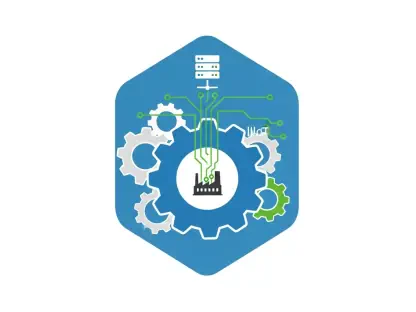A surge in cocoa prices has put the chocolate industry in tumult, challenging manufacturers and changing the landscape for consumers. Companies like Hershey and Lindt are implementing strategic measures to manage rising costs. This analysis explores the factors behind cocoa market volatility, examines how manufacturers are responding, and considers future implications for the chocolate sector.
Cocoa Market Volatility and Historical Context
The cocoa market’s volatility is deeply rooted in its production history and supply chain challenges. West Africa, the hub of over 70% of the world’s cocoa supply, faces perennial issues such as adverse weather conditions and crop diseases. These factors create a consistent pattern of supply disruptions, sending cocoa prices to near-record highs. An examination of the past reveals that regional instabilities have historically led to prolonged price hikes, which remain a persistent challenge for producers and manufacturers alike.
Rising Cocoa Costs: Implications for Manufacturers
The soaring costs of cocoa have had a direct impact on chocolate manufacturers, leading to necessary adjustments in pricing strategies. For instance, Hershey plans to increase retail prices in the U.S., with exceptions for Halloween candy, in an attempt to offset these rising costs. Lindt has already enacted a 15.8% price increase this year. The last two years have seen cocoa prices more than double, leaving companies struggling to hedge expenses effectively, thus transferring some costs onto customers. This section delves into how manufacturers are managing these pricing pressures while striving to sustain profitability.
Consumer Behavior and Alternative Strategies
Consumers are reacting noticeably to the escalating chocolate prices. Since chocolate bar prices have surged by 41% since July 2021, there has been a 1.2% reduction in unit sales. This trend poses a dilemma for manufacturers who must retain consumer loyalty while maintaining profit margins. Strategies such as modifying pack sizes or exploring cost-cutting measures are being considered to mitigate the impact on consumers. A closer look at consumer purchasing behavior reveals the delicate balance between price adjustments and sales volume maintenance.
Complex Regional Dynamics and Misunderstandings
Cocoa production is heavily reliant on regional dynamics, with West Africa playing a pivotal role in supply. Yet, regions like Latin America exhibit growth potential, offering some equilibrium amidst the volatility. Tariff discussions, particularly U.S. threats on Ivory Coast cocoa, add another layer of complexity to this scenario. The National Confectioners Association’s efforts to appeal for tariff protection emphasize the stakes involved. Dissecting these dynamics helps in understanding the geopolitical and economic factors influencing cocoa markets globally.
Future Prospects and Technological Innovations
The chocolate industry is navigating through a dynamic environment shaped by emerging trends and innovations. Technological advancements such as precision agriculture and enhanced genetic research may aid in addressing yield concerns, offering hope for mitigating future supply issues. Economic trends and regulatory changes are expected to further influence market practices, with an emphasis on sustainability and resilience becoming core focus areas. By evaluating these potential developments, insights emerge on how the chocolate sector could adapt and thrive.
Conclusion
The recent surge in cocoa prices reshaped the chocolate industry, leading manufacturers to navigate a complex landscape. The challenges presented by fluctuating costs and regional factors underscored the necessity for strategic adaptations. Companies focused on enhancing supply chain efficiency and exploring hedging opportunities aimed to stabilize against market fluctuations. Understanding these dynamics informed consumer choices and investment decisions, encouraging stakeholders to adapt to changing conditions while pursuing innovative solutions.









